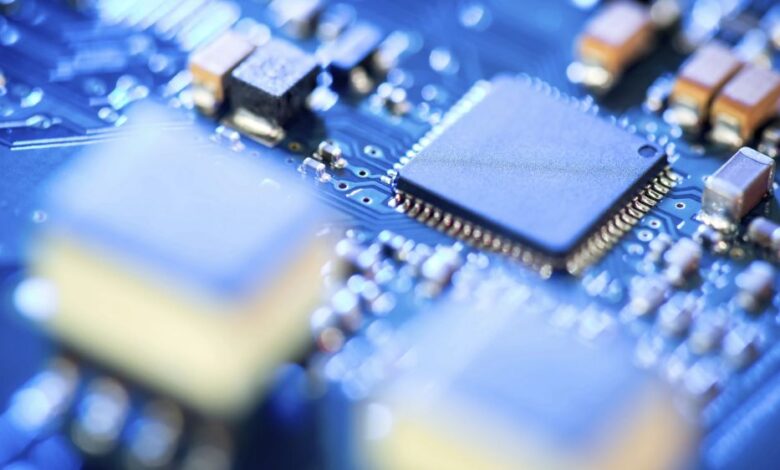
Graphene, a material extracted from graphite and made up of pure carbon, stands out for its high thermal and electrical conductivity, elasticity, toughness, lightness, and resistance. It has been shown to be 200 times more resistant than steel and five times lighter than aluminum. The multiplicity of favorable properties make graphene a versatile material that is increasingly finding new applications in a wide variety of industries and sectors, including in energy, electronics, and construction.
The applications of graphene in the health and medicine sectors are particularly fascinating. Thanks to the properties of graphene, stronger, more flexible, and lighter hearing aids could be developed, and their potential in fabricating human bones and muscles is also being explored. Graphene oxide is another innovative byproduct that is being examined for its possible application in diagnosing diseases and in their subsequent treatment.
In particular, the scientific and technology community is exploring innovative ways to use graphene, especially in the field of computing and in renewable energy. The use of graphene in renewable energy could lead to batteries that charge faster, last longer, and generate much more energy output than what is available today. The favorable characteristics of graphene, including its thermal and electrical conductivity, which is proven to be 1,000 times better than that of copper.
are predicted to bring about transformative changes to the electronics sector.
Now researchers at the Georgia Institute of Technology in the United Stated claim to have created the world’s first functional semiconductor made entirely from graphene. Semiconductors are materials that conduct electricity under specific conditions and they form the foundational component of electronic devices. The breakthrough new finding by the researchers throws open the door to new ways of doing electronics.
Their discovery comes at a time when silicon, the material from which nearly all modern electronics are made, is reaching its limit in the face of increasingly faster computing and smaller electronic devices. The innovative graphene semiconductor is compatible with conventional microelectronics processing methods — a key necessity for any viable alternative to silicon.
The breakthrough discovery came about after the team overcame the major hurdle known as the ‘band gap’, which had prevented graphene from realizing its full potential in the electronics industry. In its natural form, graphene is neither a semiconductor nor a metal, but a semimetal. A band gap is a material that can be turned on and off when an electric field is applied to it, which is how all transistors and silicon electronics work. Graphene did not have a band gap, that is, until now.
The team was motivated in their research by the hope of introducing three special properties of graphene into electronics — the robustness of graphene, its thermal resistance, and its electricity conductivity that enabled it to handle very large currents, without heating up and falling apart. Moreover, to make a functional transistor, a semiconducting material must be greatly manipulated, which can damage its properties.
To prove that their platform could function as a viable semiconductor, the team figured out how to grow graphene on silicon carbide wafers using special furnaces. This enabled them to produce ‘epitaxial graphene’, which is a single layer that grows on a crystal face of the silicon carbide. The team found that when it was made properly, the epitaxial graphene chemically bonded to the silicon carbide and started to show semiconducting properties.
Over the past decade, the team has persisted in perfecting the material. Their latest measurements prove that the new graphene semiconductor has 10 times greater mobility than silicon. In other words, the electrons move with very low resistance, which, in electronics, translates to faster computing.
Epitaxial graphene could cause a paradigm shift in the field of electronics and allow for completely new technologies that take advantage of its unique properties. The material also allows the quantum mechanical wave properties of electrons to be utilized — a requirement for quantum computing, which is predicted to revolutionize computing over the coming decade.















